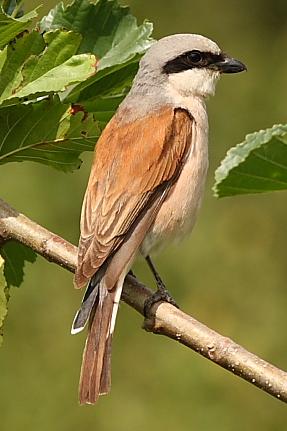Facts About Red-backed shrike
The red-backed shrike, a captivating carnivorous bird from the shrike family Laniidae, breeds in territories spanning Western Europe to central Russia and migrates to eastern and southern Africa for the winter. Carl Linnaeus first described the species in 1758 as Lanius collurio. The name "shrike" originates from Old English, alluding to the bird’s sharp, piercing call.
Red-backed shrikes have a diverse diet that includes insects, birds, frogs, rodents, and lizards. One of their distinctive behaviors is impaling their prey on thorns. In terms of appearance, male red-backed shrikes have reddish upper parts, while females and juveniles exhibit brown upper parts.
Although the species is currently classified as of "least concern" some local populations have experienced declines. In Great Britain, the red-backed shrike was once widespread but suffered a drastic decline in the 20th century, with breeding pairs becoming scarce, the last remaining stronghold being in Breckland. However, there have been occasional breeding sightings in Scotland and Wales.
In 2010, the Royal Society for the Protection of Birds (RSPB) reported a successful breeding on Dartmoor, a site where the bird hadn't nested since 1970. Subsequent years have seen additional breeding attempts with varying levels of success. The reappearance of the red-backed shrike in southwestern England is attributed to a warming climate, suggesting a potential recolonization of its former habitats in small numbers.
